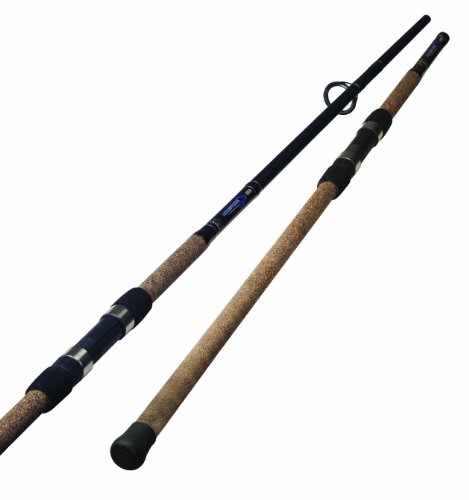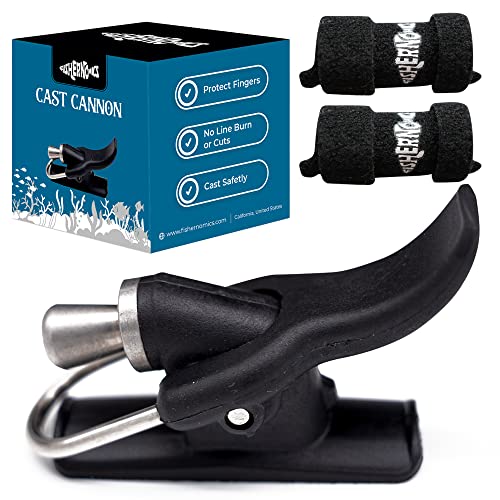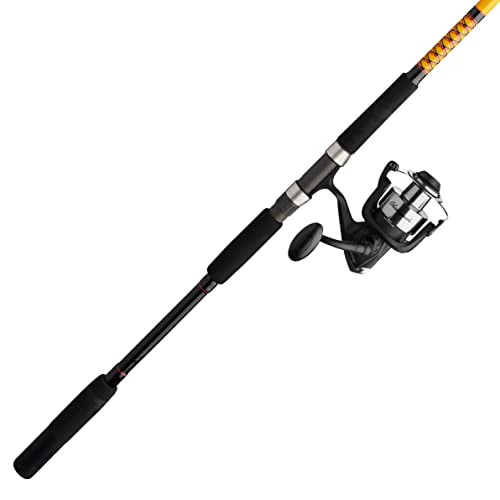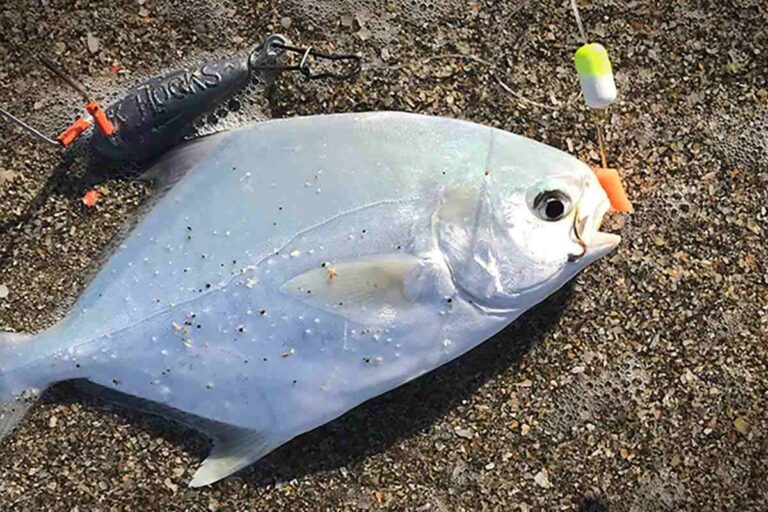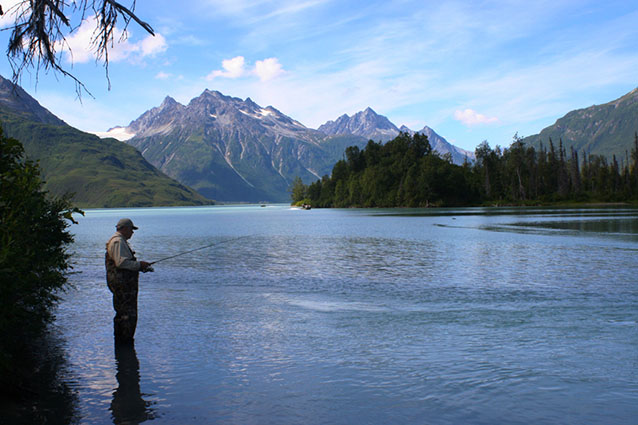To locate fish schools for surf fishing, you can use a fish finder or spot baitfish activity near the shore. In surf fishing, finding fish schools is crucial for a successful catch.
By using a fish finder or observing baitfish near the shore, you can effectively target areas where fish are congregating, increasing your chances of a productive fishing outing. Finding fish schools allows you to cast your line in the right spot and increase your chances of attracting bites.
So, whether you rely on technology or observe natural signs, locating fish schools is a key step in surf fishing.
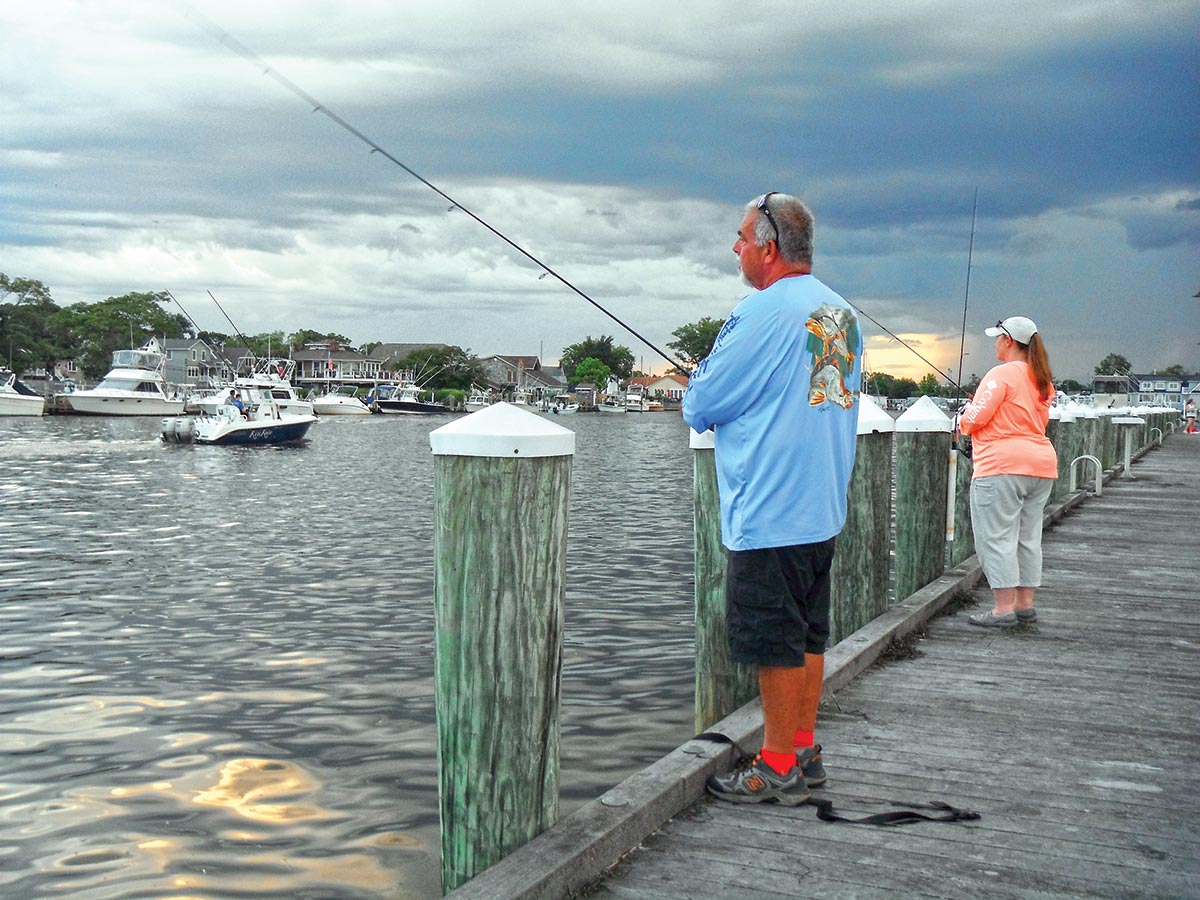
Credit: www.thefisherman.com
Understanding Fish Behavior In Surf Fishing
Fish behavior plays a crucial role in successful surf fishing. By understanding how fish behave in the surf, you can improve your chances of locating fish schools and having a productive fishing session. Here are some factors that influence fish behavior in surf fishing:
- Water temperature: Fish are cold-blooded creatures, and their activity levels are influenced by water temperature. Warmer water temperatures can increase fish activity, while colder temperatures may decrease their activity levels.
- Tides: The movement of tides can affect fish behavior in surf fishing. During outgoing tides, fish are more likely to move closer to shore to feed, while incoming tides may push fish further offshore.
- Weather conditions: Weather conditions, such as wind and rain, can impact fish behavior. Strong winds can stir up the water, making it more difficult for fish to locate their prey. Rainfall can also affect water clarity and the availability of food for fish.
- Bait fish: The presence of bait fish is a significant factor in attracting larger predatory fish. Fish schools tend to follow schools of bait fish, so keeping an eye out for signs of bait fish activity can lead you to productive fishing spots.
Identifying feeding patterns and migration routes can further enhance your understanding of fish behavior in surf fishing. Here’s what you need to know:
- Feeding patterns: Different fish species have distinct feeding patterns. Some fish species prefer to feed during specific times of the day, such as early morning or late afternoon. By understanding the feeding patterns of your target fish species, you can plan your fishing trips accordingly.
- Migration routes: Many fish species migrate along specific routes to find food, breed, or seek warmer waters. Learning about these migration patterns can help you locate fish schools in the surf. Check local fishing reports or talk to experienced anglers to gather information about migration routes in your area.
To observe fish movements in the surf effectively, consider these tips:
- Patience: Patience is key when observing fish movements in the surf. Spend some time scanning the water and watching for any signs of fish activity, such as jumping fish or a disturbance in the water.
- Polarized sunglasses: Using polarized sunglasses can enhance your ability to see beneath the water’s surface. These sunglasses reduce glare and allow you to spot fish or bait fish schools more easily.
- Observe the birds: Seabirds, such as seagulls or pelicans, can often indicate the presence of fish schools. If you notice birds diving or congregating in a particular area, there’s a good chance that fish are feeding there as well.
- Watch for surface disturbances: Keep an eye out for any disturbances on the water’s surface, such as ripples or schools of bait fish fleeing from larger predators. These signs can indicate the presence of fish and help you locate their schools.
Understanding fish behavior is a valuable skill for surf fishing. By considering the factors that affect fish behavior, identifying feeding patterns and migration routes, and observing fish movements in the surf, you can improve your chances of locating fish schools and having a productive fishing experience.
So grab your fishing gear, head to the surf, and put your knowledge to the test!
Locating Ideal Surf Fishing Spots
Surf fishing is a thrilling and rewarding activity that allows you to cast your line into the ocean while standing on the shore. To increase your chances of success, it’s important to locate ideal surf fishing spots where fish schools are likely to gather.
In this section, we will discuss three key factors to consider when searching for these hotspots: assessing wave patterns and water depth, identifying structures and currents that attract fish, and using technology to find underwater features.
Assessing Wave Patterns And Water Depth
- Pay attention to the breaking waves: Fish often gather near breaking waves as they search for food that gets washed around in the turbulence.
- Observe the wave height and frequency: In general, fish schools tend to be found in areas where the waves are moderate and consistent. Look for steady wave action as this creates a stable environment for fish to gather.
- Evaluate the water depth: Fish schools typically prefer areas with varying water depths. They might be searching for food in shallower waters or seeking refuge in deeper sections. By understanding the water depth, you can target the right areas to locate fish schools.
Identifying Structures And Currents That Attract Fish
- Look for natural structures: Fish often congregate near natural structures such as rocky points, jetties, sandbars, or submerged reefs. These structures provide shelter and create currents that bring food to the fish.
- Take note of current patterns: Fish schools are often found in areas where strong currents carry food and nutrients. Look for areas where the water moves differently or forms eddies, as this indicates the presence of currents. Currents can also concentrate fish in specific zones along the shoreline.
- Consider the impact of tides: The rising and falling of tides can significantly affect the movement and availability of fish. Learning how tides influence your fishing spot can help you predict when fish schools are likely to be present.
Using Technology To Find Underwater Features
- Utilize fish finders: Fish finders are electronic devices that use sonar technology to detect underwater objects and fish. By using a fish finder, you can locate underwater structures, determine water depth, and even identify the presence of fish schools.
- Take advantage of online resources: Various websites and apps offer detailed charts, maps, and satellite images that can help you identify potential surf fishing spots. These resources often provide information about underwater structures, currents, and other important features.
- Consult local guides and experienced anglers: Local knowledge is invaluable when it comes to finding the best surf fishing spots. Seek advice from experienced anglers or hire a local guide who can share their expertise and help you locate fish schools in your chosen area.
By assessing wave patterns and water depth, identifying structures and currents that attract fish, and utilizing technology to discover underwater features, you’ll be well-equipped to locate ideal surf fishing spots. Remember to be patient and observant while exploring different locations.
Good luck and tight lines!
Techniques For Finding Fish Schools
When surf fishing, locating fish schools can significantly increase your chances of landing a big catch. To effectively find these schools, consider employing the following techniques:
Reading signs of feeding activity on the surface:
- Keep an eye out for disturbances or ripples on the water’s surface, as they can indicate the presence of fish schools below.
- Look for baitfish leaping out of the water, as this behavior often signifies predatory fish in pursuit.
- Observe any visible splashes or swirls caused by fish feeding near the surface.
Using bird and marine mammal behavior as indicators:
- Pay attention to seabirds, such as seagulls and terns, hovering and diving into the water, as they are excellent indicators of feeding fish schools.
- Dolphin and whale activity can also point to the presence of fish, as they often follow schools of fish for feeding.
Employing bait and scent to attract fish schools:
- Use bait, such as shrimp or cut bait, to attract fish schools. Place the bait strategically to lure fish closer to your fishing spot.
- Consider using scent attractants specifically designed to entice fish. Apply them to your bait or use specialized scent dispensers like chum bags to attract fish schools.
Remember, each technique mentioned above can enhance your chances of finding fish schools when surf fishing. Keep an eye out for signs of feeding activity on the surface, observe bird and marine mammal behavior, and use bait and scent to attract fish schools.
By employing these techniques, you’ll increase your odds of reeling in the big catch you’ve been waiting for. Happy fishing!
Conclusion
To wrap up, locating fish schools for surf fishing requires a combination of observation, research, and technique. By understanding the behavior and movement patterns of fish, anglers can increase their chances of a successful outing. Start by analyzing the surroundings, such as identifying potential baitfish sources and underwater structures.
Take advantage of technology, using tools like fish finders and online resources for real-time information on tides and weather. Don’t hesitate to experiment with different lures and baits to match the preferences of the fish in the area. Being patient and persistent is essential, as fish schools can change their patterns depending on the conditions.
And above all, remember to respect the environment and the fish you seek to catch. With these strategies in mind, you’ll be well on your way to locating fish schools and enjoying a rewarding surf fishing experience.

